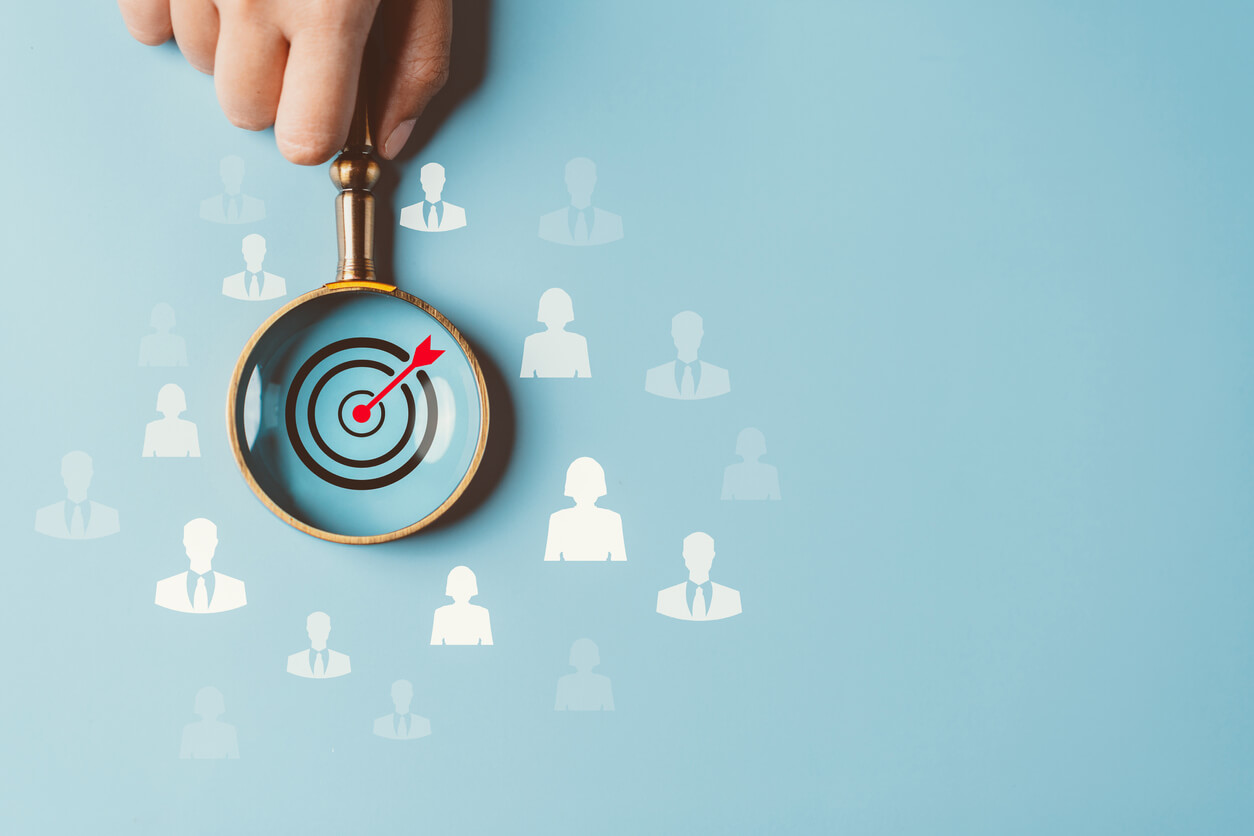Imagine your favorite coffee shop knowing exactly how you like your drink or an online store that suggests products based on your preferences – these personalized experiences are the result of strong customer retention efforts.
When a business focuses on keeping existing customers happy and engaged, it not only builds a loyal customer base but also saves resources that would otherwise be spent on constantly acquiring new customers.
Selling to an established customer is also much easier than acquiring a new one. There is a 60-70% chance of selling to an existing customer and only a 5-20% of selling to a new one.
Investing in customer retention isn’t just about keeping customers around; it’s about fostering lasting relationships that benefit both the business and its valued customers.
What is Customer Retention?
Customer retention refers to the strategies and efforts that businesses employ to keep existing customers engaged, satisfied, and loyal over an extended period of time.
It focuses on nurturing and maintaining relationships with customers beyond their initial purchase, with the goal of encouraging repeat purchases, reducing churn (customer attrition), and maximizing the long-term value of each customer.
In essence, customer retention is about ensuring that customers remain loyal to a brand, continue to do business with it, and even become advocates who refer others. In fact, 59% of American consumers declare that once they’ve become loyal to a brand, they’ll likely do business with them for life.
Additionally, 77% say that they’ve maintained a relationship with at least one company for a decade or longer.
8 Customer Retention Strategies to Reduce Customer Churn
1. Understand Your Customers
The foundation of effective customer retention lies in understanding your customers deeply.
Analyze your first-party data from sources such as purchase history, website interactions, social media engagement, and surveys to create comprehensive customer profiles. Add additional data sources for deeper insights into demographics, lifestyles, and interests for a deeper understanding of your customers.
With these profiles, you can segment your customer base and tailor your retention strategies to specific groups.
2. Personalization
Customers now expect personalized communication that speaks directly to their interests. According to research, 60% of consumers say they’ll become repeat customers after a personalized shopping experience.
On the flip side, in another study, 61% of consumers said they would switch to a competitor after just one poor experience.
Leverage your data to send targeted messages, recommendations, and offers. Craft emails, notifications, and content that resonate with each customer’s preferences, past purchases, and browsing behavior.
The more personalized your communication, the more engaged and valued your customers will feel.
3. Excellent Customer Service
Providing top-notch customer service is a cornerstone of retention. In terms of factors that impact customer retention, 89% of companies admit excellent customer service is critical.
Respond promptly to inquiries, address issues empathetically, and make customers feel valued and heard. In a report by Microsoft, 96% of buyers mention customer service as the primary factor behind loyalty.
4. Loyalty Programs
Reward loyal customers with exclusive discounts, points, or other incentives. Loyalty programs encourage repeat purchases and strengthen the bond between customers and your brand.
Over half (53%) of consumers admit that discounts and loyalty points make them stay with a brand for longer.
5. Regular Communication and Exclusive Offers
Stay in touch with customers through relevant and valuable content. This can include newsletters, updates about new products, and educational resources. Also provide special offers, early access, or sneak peeks specifically to your existing customers.
6. Feedback and Surveys
Seek customer feedback through surveys and reviews. This shows that you value their opinions and helps you identify areas for improvement.
When asked in a survey about what “customer loyalty” means, 74% of respondents said it’s about feeling appreciated and understood.
7. Re-engagement Campaigns
Reengagement campaigns, also known as win-back campaigns, are designed to reconnect with and reactivate customers who have become inactive or disengaged.
These campaigns aim to reignite the interest of customers who may have stopped making purchases, visiting your website, or engaging with your brand. They are particularly useful for preventing customer churn.
Retain Your Moving Customers:
Did you know that 90% of new movers are willing to try new brands? During the move, consumers are establishing new patterns, trying new bands, and developing loyalties with local companies.
Put strategies in place to identify which of your customers are moving (before they move), so you can retain them at their new locations.
This is a time to send helpful information about moving, letting your customers know you are there during this transition. Offer coupons, freebies, and other goodies to foster goodwill and loyalty.
Conclusion
Remember that every business is unique, and the best retention strategies will vary depending on your industry, target audience, and resources. The key is to consistently prioritize customer satisfaction and create an environment where customers feel valued, understood, and eager to continue doing business with you.





